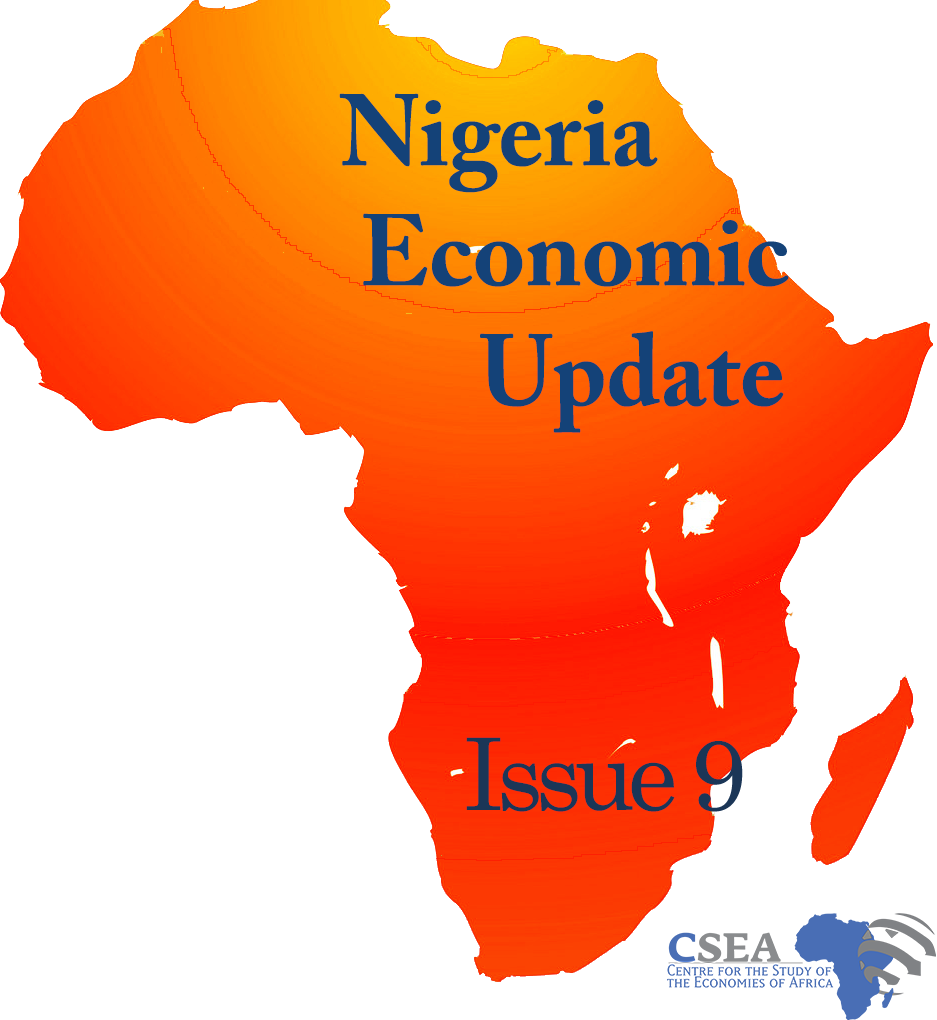By year-end 2018, the country recorded a total trade value of ₦32.3 trillion1, representing 39.3% increase over the corresponding period in 2017. The volume of total merchandise trade in 2018 is noted to be the highest since 2014, nearly double pre-recession levels. Export component grew by approximately 41%, from ₦13.6 trillion in 2017 to ₦19.1 trillion in 2018. Oil (crude and non-crude) is responsible for the most part of export growth in the review year and accounts for about 94% of total exports. Agriculture and manufacturing sector exports also recorded a boost, rising to ₦302 billion and ₦645.7 billion respectively. Similarly, imports rose by 37.5% to ₦13.2 trillion. With exports exceeding imports, the current account balance of trade improved to ₦5.9 trillion in 2018. To further boost Nigeria’s current account position going forward, supply-side policies to improve the efficiency and competitiveness of domestic industries, and thus exports is crucial.
Macroeconomic Report & Economic Updates

March 21, 2019
Nigeria Economic Update (Issue 9)
By year-end 2018, the country recorded a total trade value of ₦32.3 trillion1, representing 39.3% increase over the corresponding period in 2017. The volume of total merchandise trade in 2018 is noted to be the highest since 2014, nearly double pre-recession levels. Export component grew by approximately 41%, from ₦13.6 trillion in 2017 to ₦19.1 […]
Read →
Related
Extra-ECOWAS Trade And Investment Flows: Any Evidence Of Business Cycles Transmission
This
study investigates the effects of merchandise trade and investment flows on the
transmission of business cycles between members of ECOWAS and the major trading
partnersbetween 1985 and 2014. Total trade and FDI significantly influence the
transmission of business cycles with elasticities of 1.1% and 0.7%,
respectively in the long run. There are little variations across the major
trading partners and other measures of trade flows. Intra-industry trade flows
with all partners, EU and USA influences the cross-country business cycles with
elasticities of 1.0%, 0.5% and 1.8%, respectively.
Nigeria Economic Update (Issue 51)
Recently released data by the National
Bureau of Statistics (NBS) shows that there was significant increase in Nigerias
total merchandise trade for 2016Q3. Basically, the total merchandise trade
increased (quarter-on-quarter) by 16.29 percent to N4, 722 billion in 2016Q3;owing to 29.1 percent increase in exports and 6.2 percent rise in imports. Oil
exports increased by 31 percent to N1, 943 billion, while non-oil exports
increased by 20.5 percent to N440 billion. However, on the aggregate, Nigeria
recorded yet another trade deficit of N104 billion, indicating continuous
higher imports relative to exports. Overall, though there is improvement in the
performance of non-oil sector, however, this is insufficient to effectively
complement the loss in oil trade sustained since the beginning of oil price
crash. This suggests that diversification into non-oil sector may not be able
to rescue the economy in the short term. However, while the diversification
efforts should be sustained, eliminating hurdles in oil production may be
instrumental to higher exports, especially as oil price increase is gaining
momentum.
